Apple Unveils ‘Apple Intelligence’ AI For iPhone, Mac & More At WWDC 2024
Apple outlined AI integration updates to all the tech giant’s major software for iPhone, Mac and more.

Apple made a major artificial intelligence announcement at its World Wide Developer Conference, debuting new AI tech— dubbed “Apple Intelligence”— for all its most popular operating systems. Check out the AI news and other highlights announced at Apple’s WWDC 2024 below.
Apple Intelligence
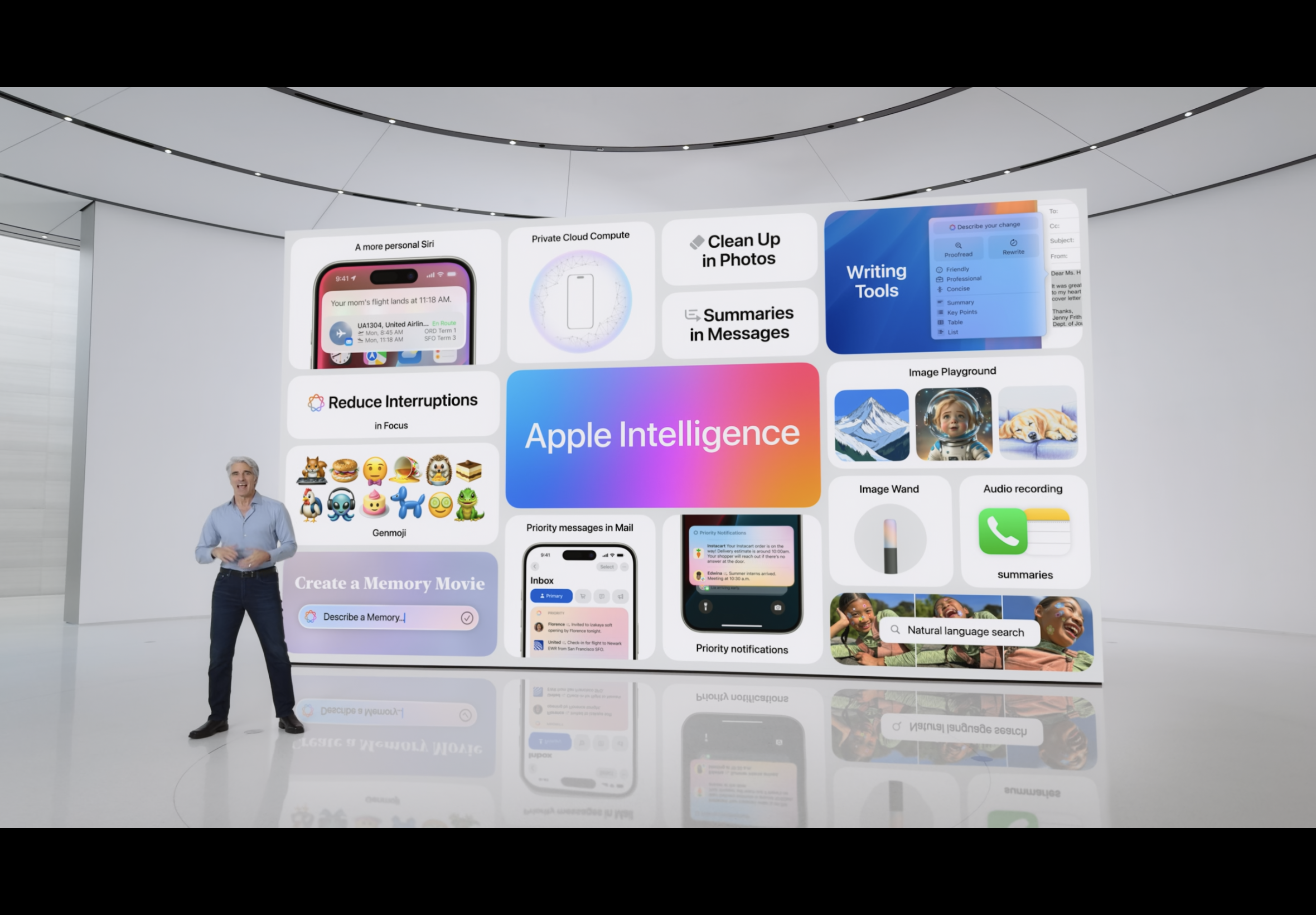
The long-rumored integration of artificial intelligence was finally announced under the rubric of Apple Intelligence. Coming to iOS18, iPadOS 18 and MacOS Sequoia, the upgrade will only be available on iPhone 15 Pro and iPads and Macs with Apple Silicon’s M Chips.
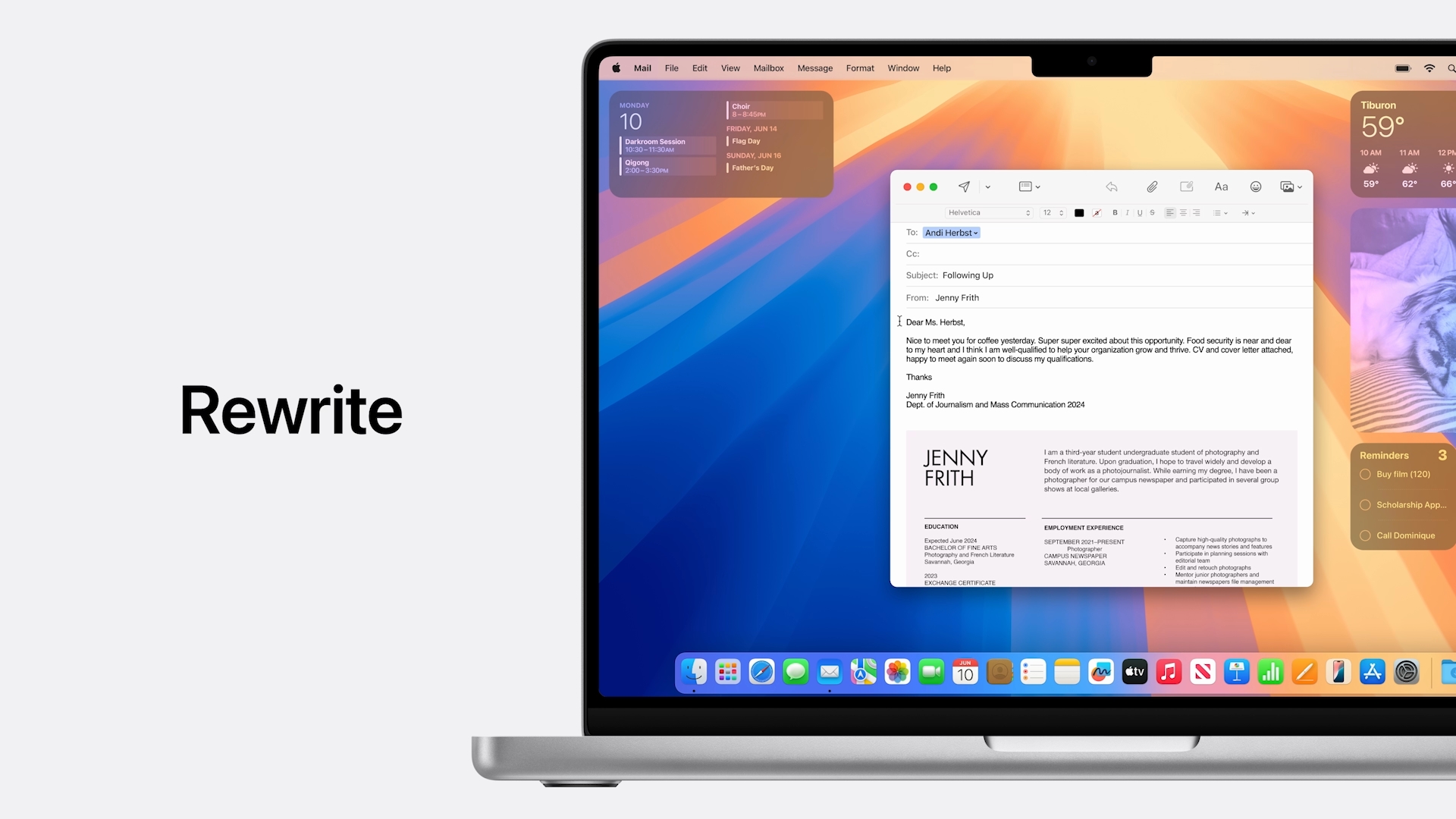
Focusing on language, images and actions, Apple Intelligence will allow users to automatically write, edit and proofread across the system, create images from text, use context to populate companion imagery, make custom emojis—aka “Genmojis”—and have their devices execute actions across apps just by speaking.
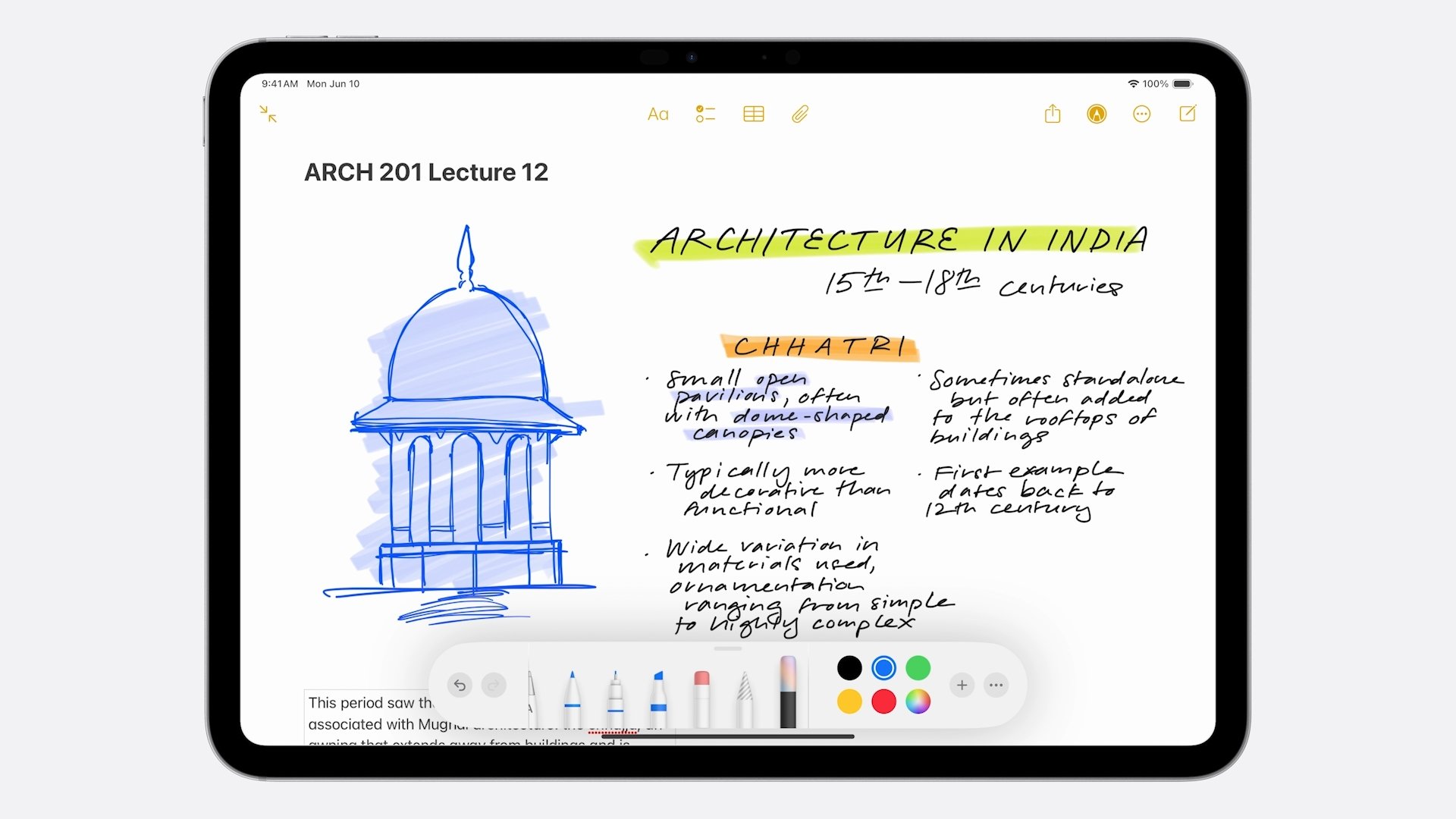
It seems Apple is finally delivering on the vast promise of Siri by injecting this intelligence into the virtual assistant. The upgraded version of Siri should be considerably more capable, though we’ll have to see exactly how much better it will be when Apple Intelligence rolls out sometime this Fall.
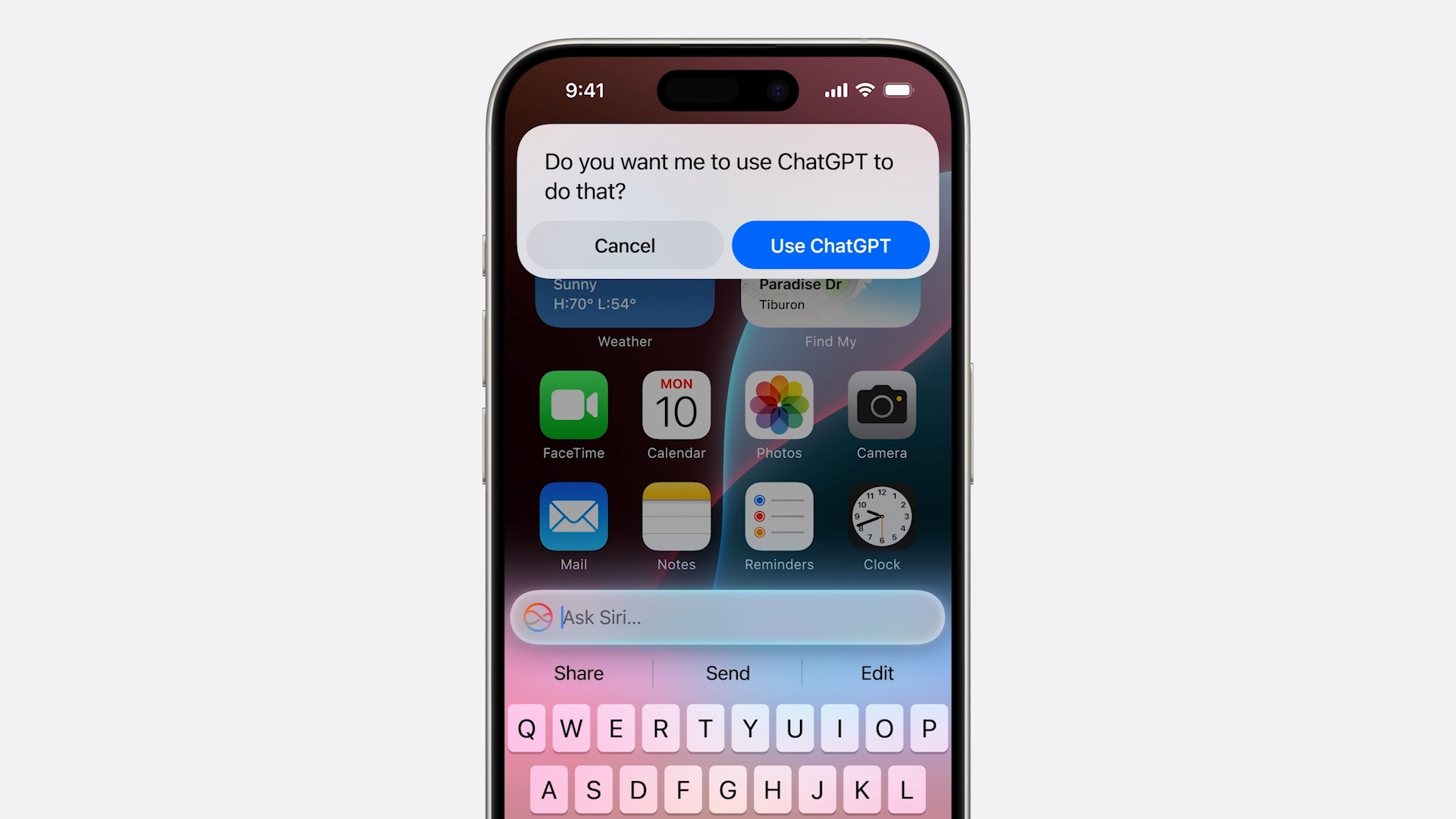
Apple also announced ChatGPT integration for specialized needs in a particular domain or focus. Existing ChatGPT premium users will also be able to port their accounts, but general use will be free for everyone else and won’t require an account.
Check out a video explainer of Apple’s new AI tech here:
iOS18
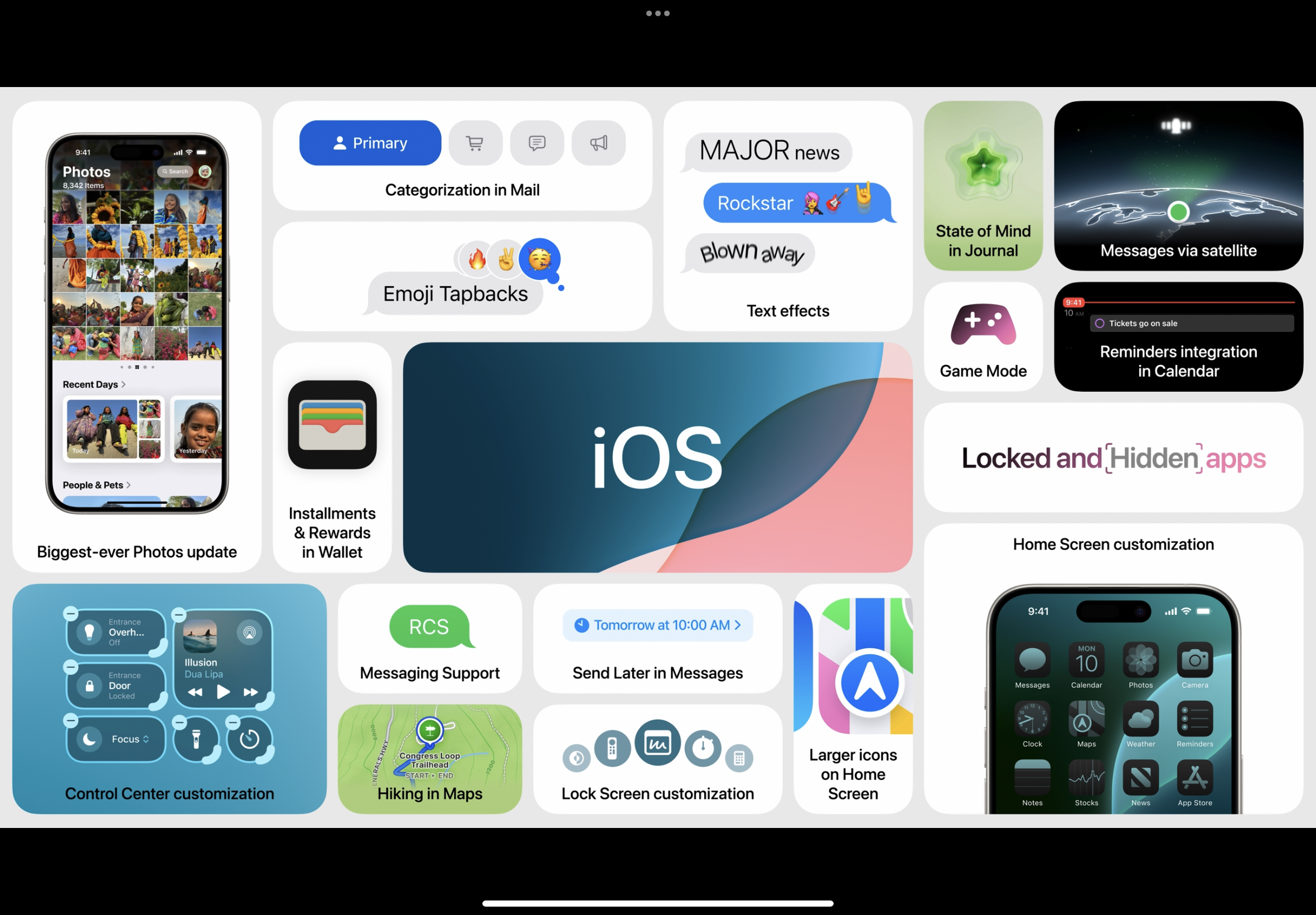
Big upgrades to the software that powers the iPhone are also incoming. Beyond the integration of Apple Intelligence for iPhone 15 Pro users, all iPhones will get upgrades when iOS18 drops later this year.
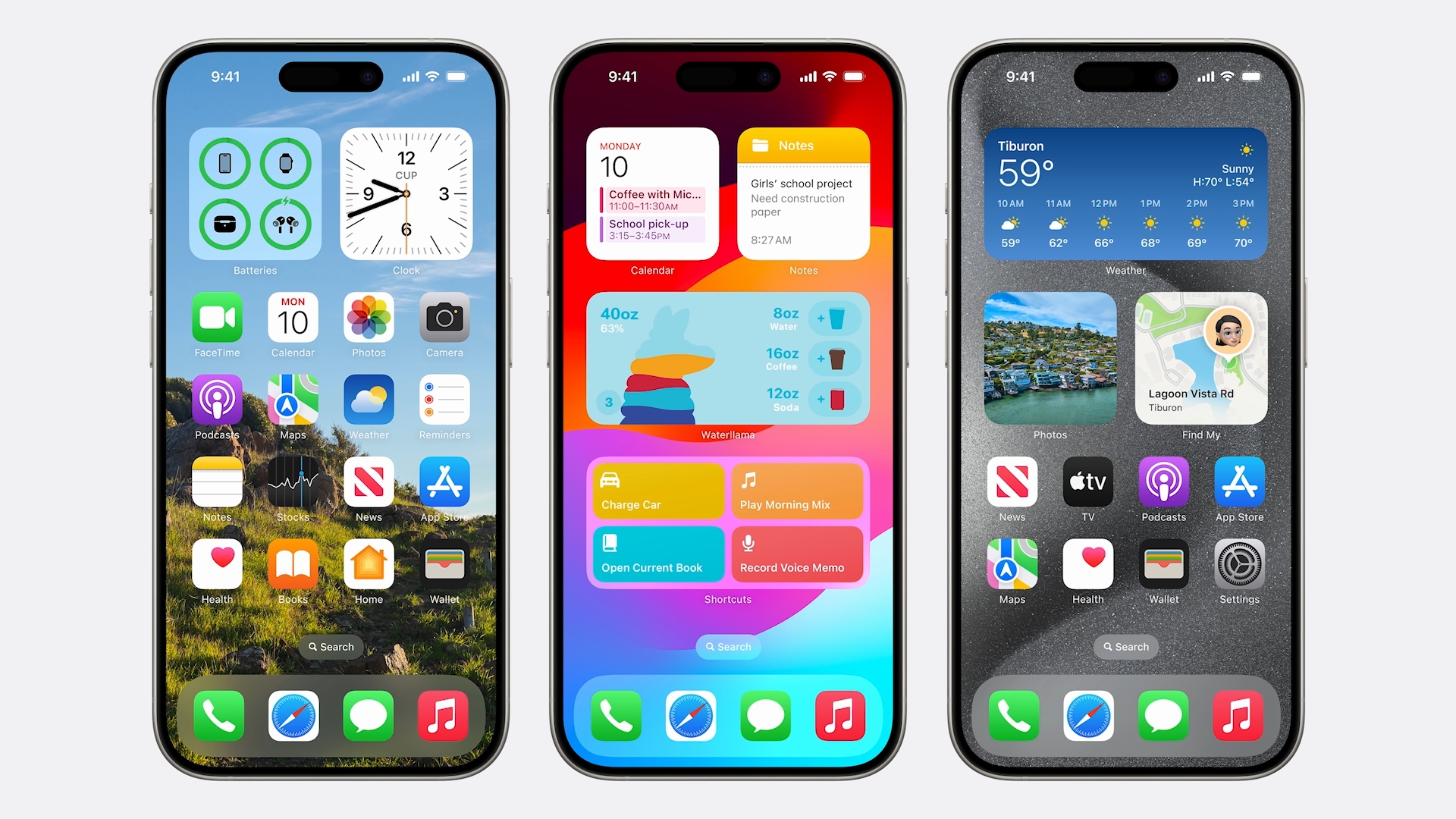
iOS 18 features new home screen customizations that tailor the look and color themes of icons, a punched out control center pull-down with multiple screens and privacy additions that allow users to lock specific apps.
There’s also set to be a host of new upgrades to the iMessage app that will enable scheduled texts, new formatting options like italics and bold, and RCS messaging that should make green texts suck a little less.
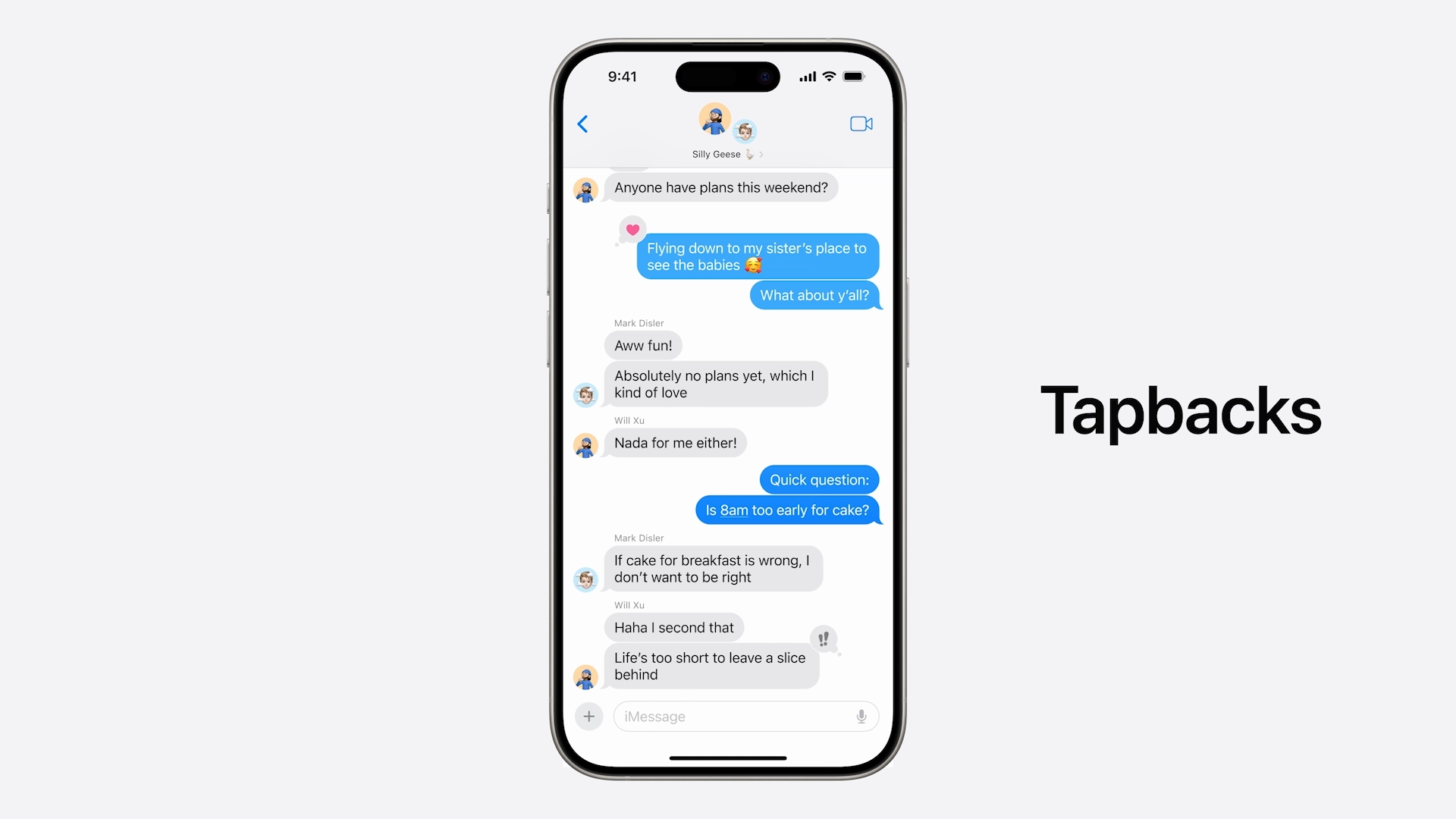
The Photo app was likely the biggest winner of the day, with Apple Intelligence enabling automatic edits but also featuring an overhaul to the organization and presentation of photo libraries and the way thousands of photos are served up and collected.
MacOS Sequoia
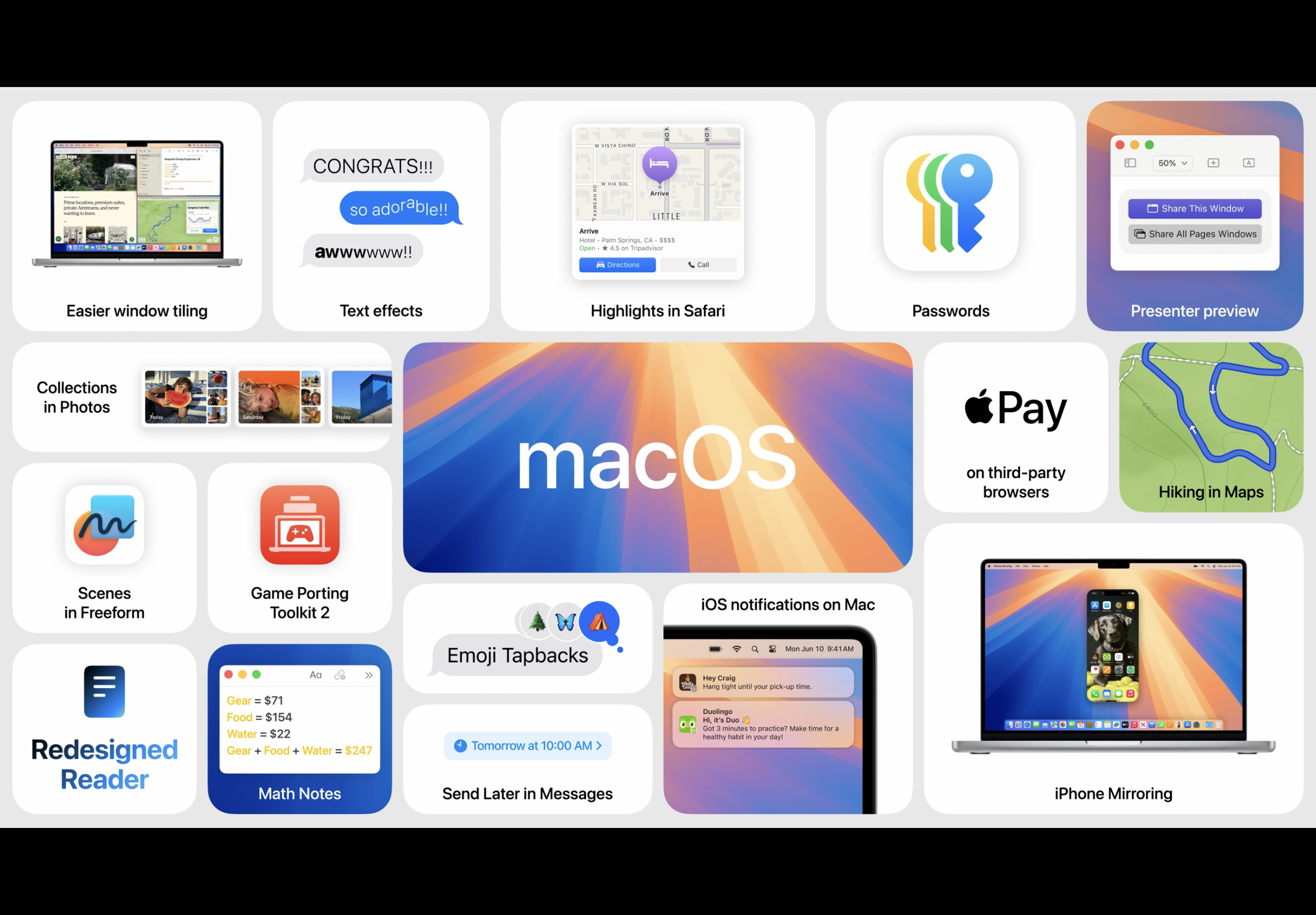
The latest MacOS, continuing its California-inspired naming tradition, arrives as Sequoia. The new operating system will push the boundaries of what’s possible with the Apple Silicon packed inside of every Mac but also emphasizes privacy, power and continuity.
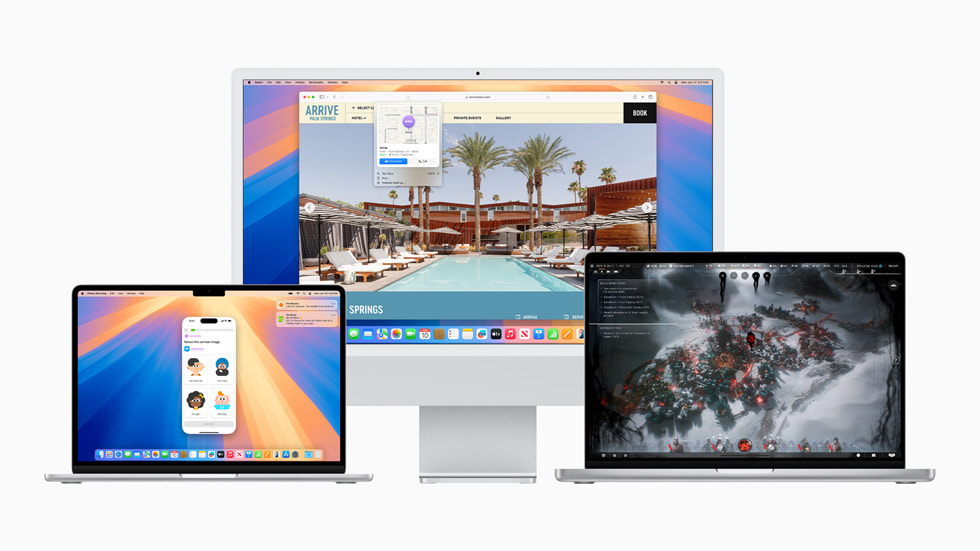
The major takeaway on the MacOS front is a nifty addition of a virtual iPhone controller that will remotely control an associated iPhone by presenting it as a mirrored app on Mac, giving control of any iPhone-based app and notification without ever switching devices.
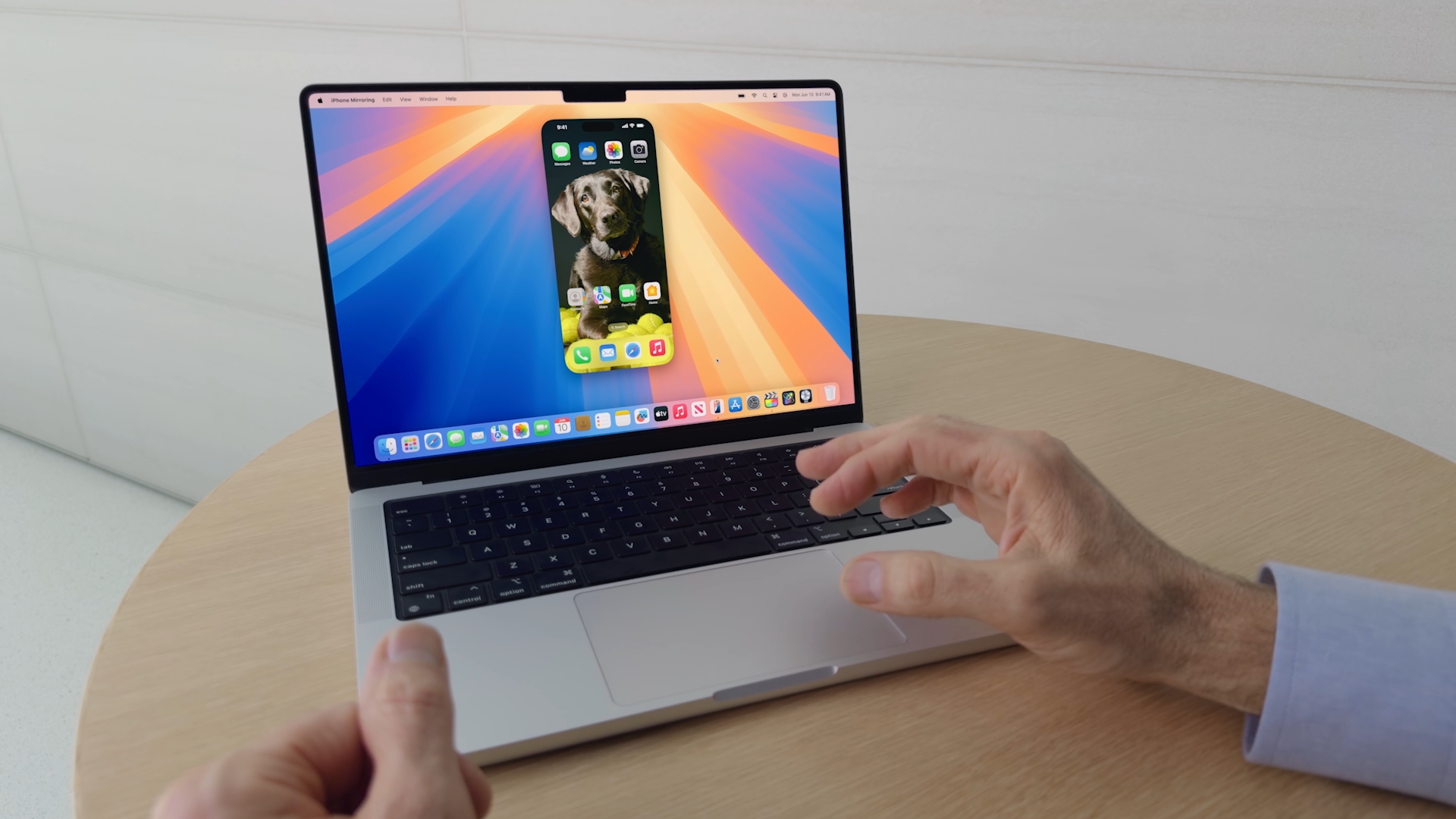
Safari and gaming were also a focus on Sequoia. The web browser is set to deliver new streamlined options to clear the clutter of web pages, including separating out content-specific videos for easy playback. Apple’s also put gaming partners front and center to bring better games to Mac at launch, with graphics that take advantage of Apple Silicon’s architecture. Using Metal 3, Apple is encouraging game developers to port to the Mac platform as well as the Apple Silicon series of iPads.
Honorable mentions
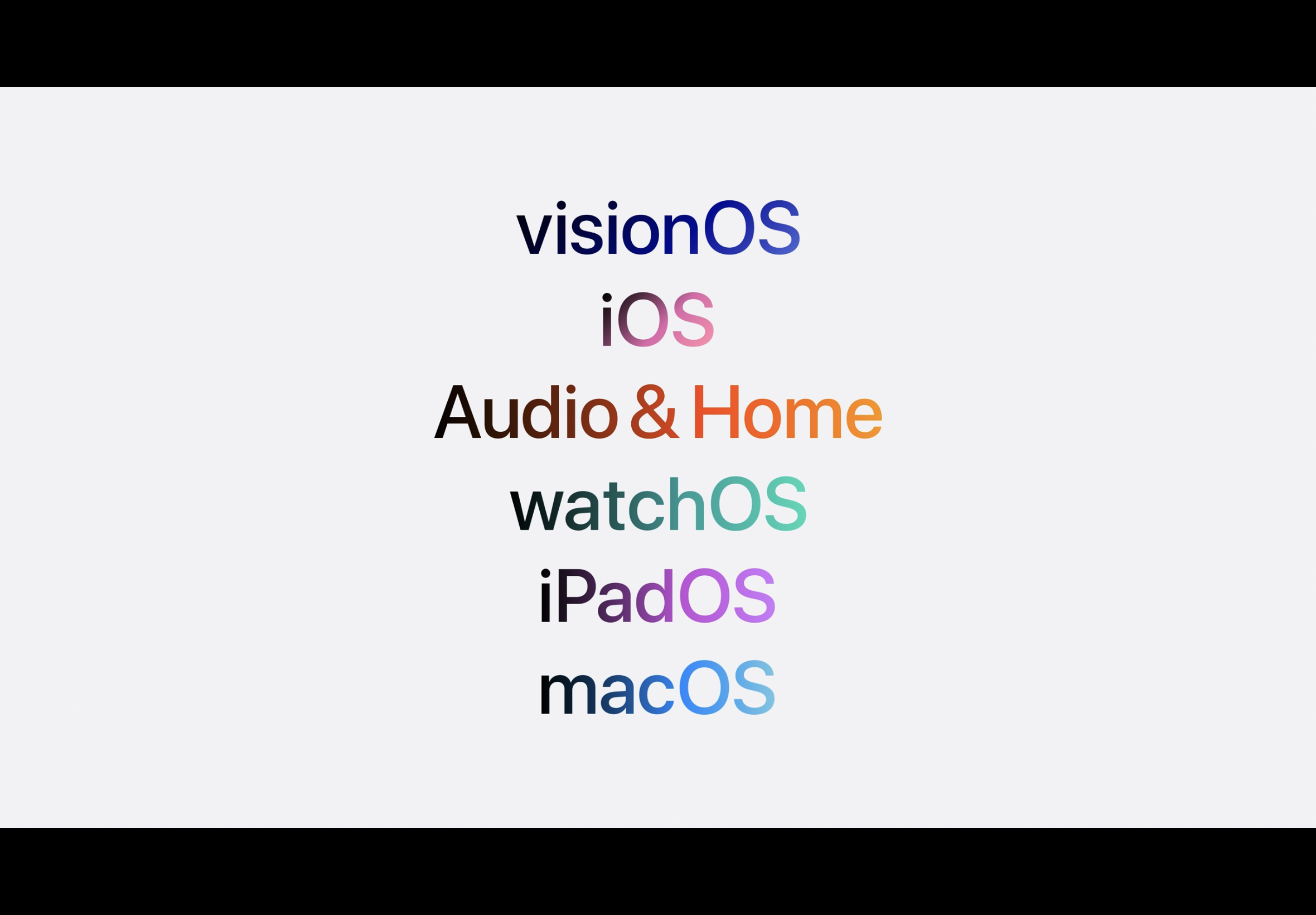
Apple didn’t leave iPadOS, WatchOS, VisionOS or TVOS out in the cold, but they certainly weren’t the stars of the show.
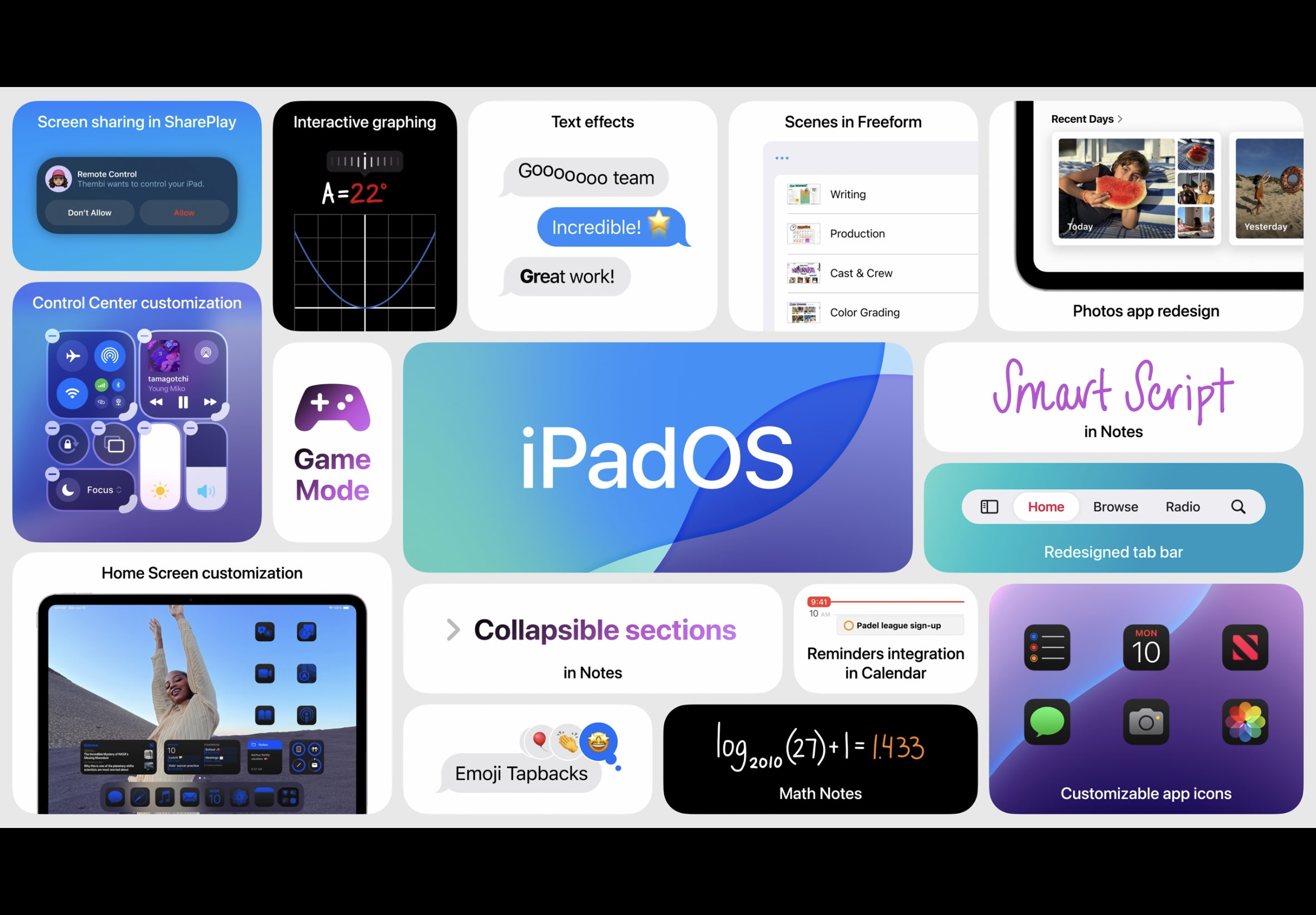
iPadOS18 gets many of the same upgrades as iOS18 but also (and oddly) finally gets a calculator app after all these years. The version of that app that was shown featured some very cool automatic calculation from handwritten notes.
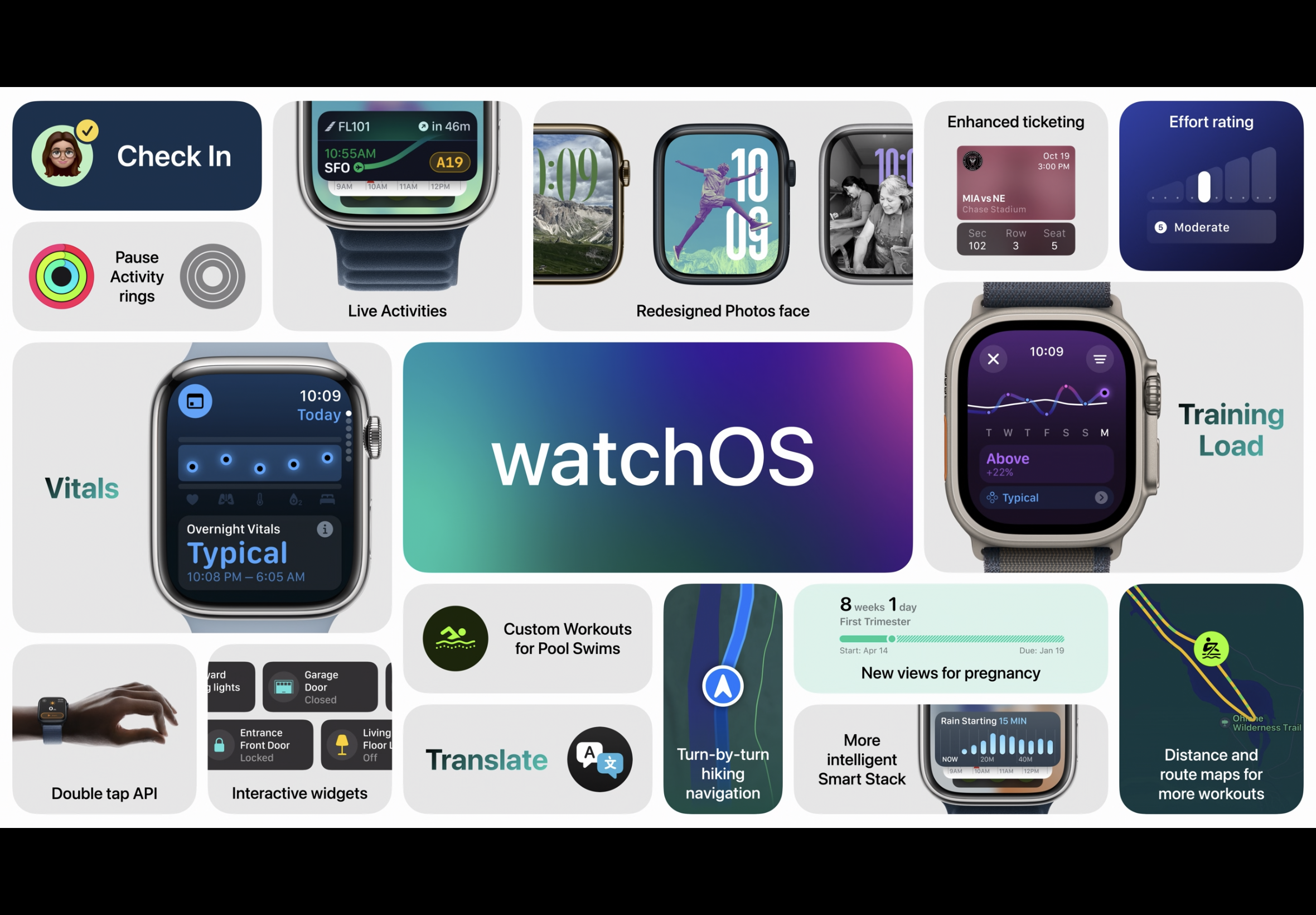
WatchOS continues its push to become more intuitive by serving up widgets it anticipates will be needed based on the context and circumstances it finds itself in. Health and fitness, the primary uses of the Apple Watch, also get a bump for more granular details.
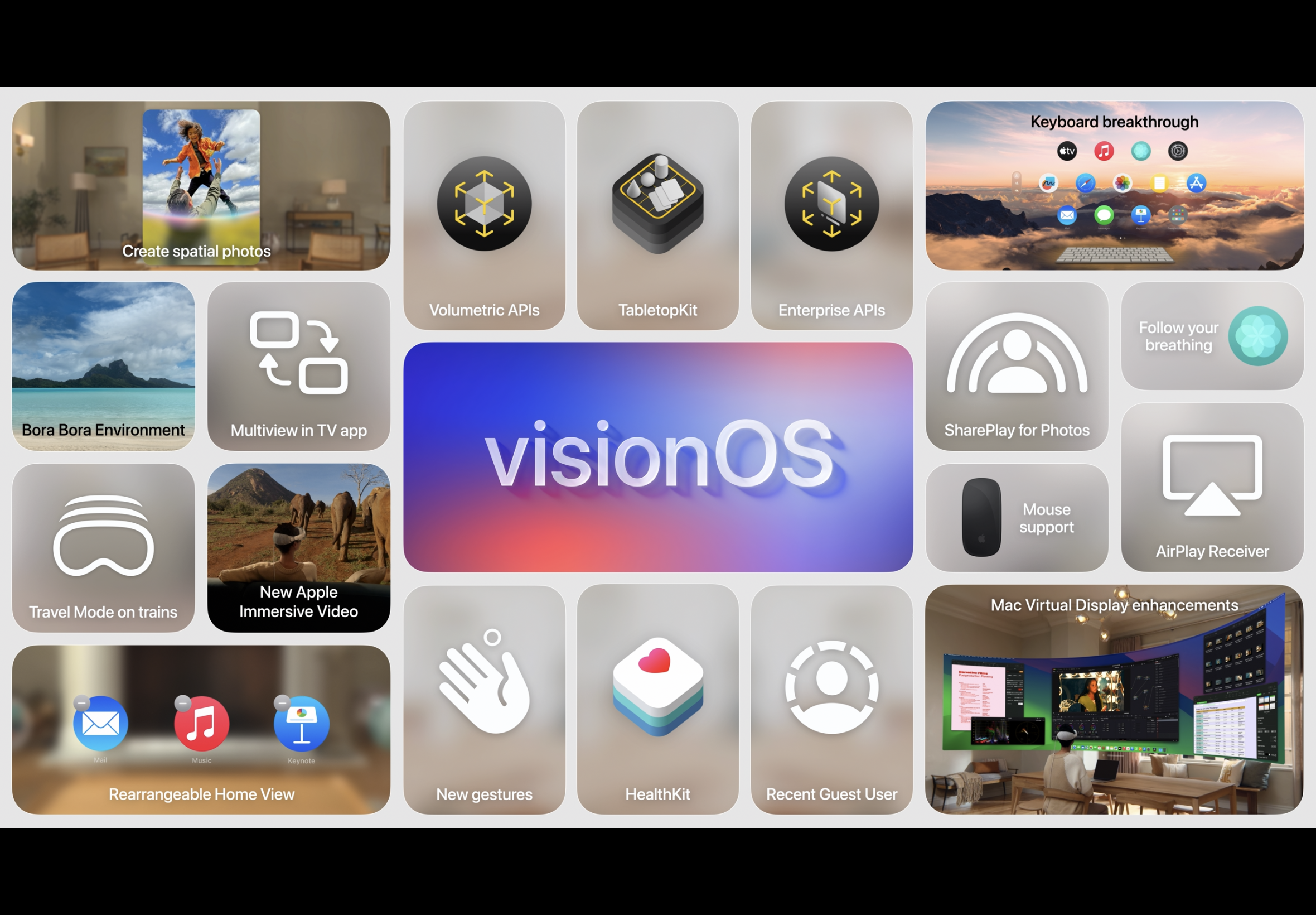
VisionOS will receive a new iteration just a few months after the initial Vision Pro headset launch. Called VisionOS 2, the focus of the updates will be on new gestures as well as new ways to capture and share media like Spatial and Immersive videos.

Finally, Apple seems to have lumped TVOS along with some of its other peripherals like AirPods which will be further integrated. AirPods will also get the silent treatment, adding new ways to interact with Siri using AirPods that don’t require voice and, instead, opt for head nods and shakes.
